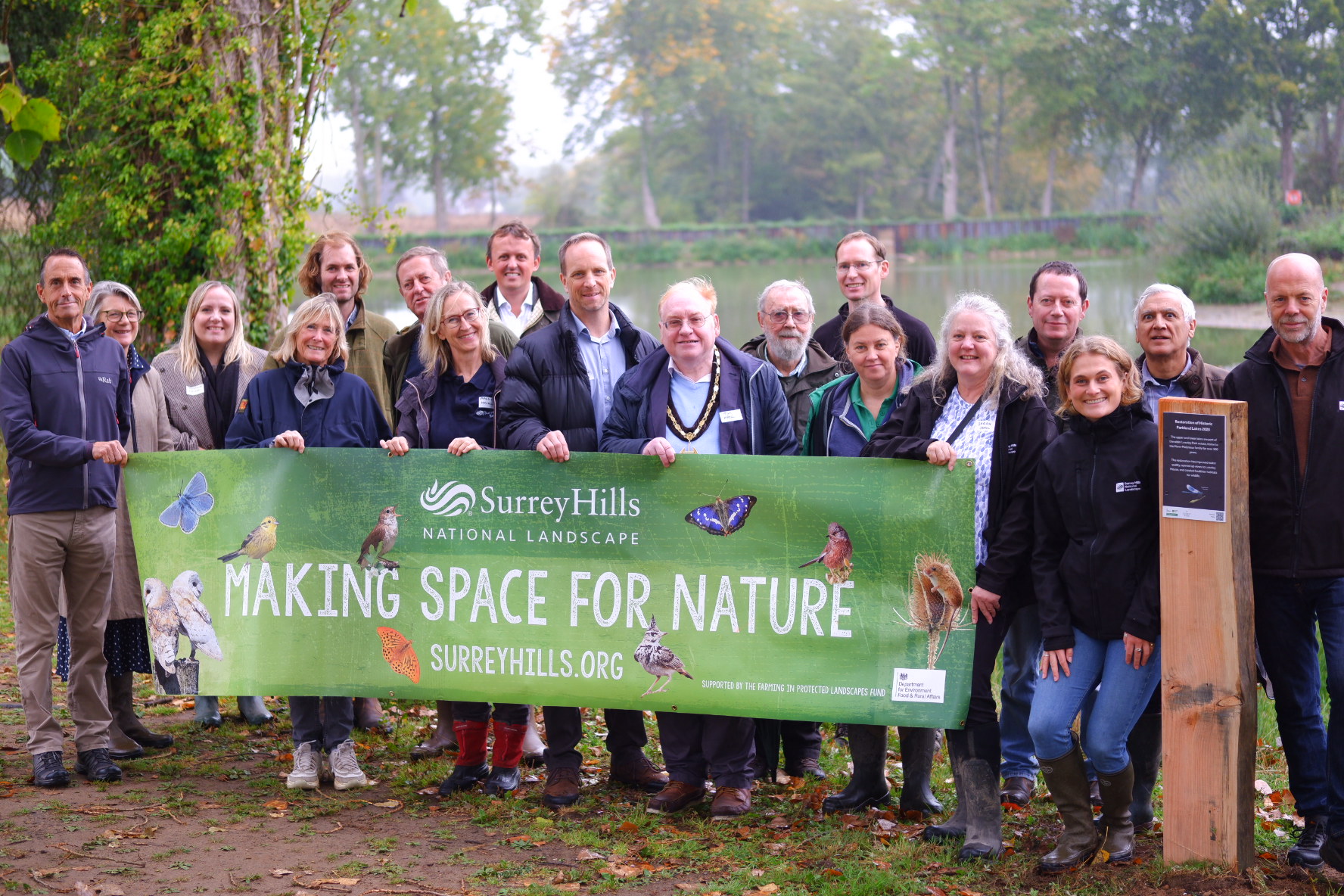The Surrey Hills Farming in Protected Landscapes (FiPL) programme has supported the restoration of the historic parkland lakes at Loseley Park, revitalising them with clearer waters, healthier habitats, and reinstated scenic views. This week, civic guests, and members of the FiPL panel gathered at Loseley Park to celebrate the project—one of 26 pond and lake restoration projects funded across the Surrey Hills through FiPL to date.
The estate, steeped in history and home to the More-Molyneux family since the 16th century, applied to FiPL to bring the lakes back to life. The restoration has improved water quality and biodiversity by clearing back overgrown vegetation, while enhancing the visitor experience with new picnic benches and improved footpaths. A new Rail to Ramble route has also been developed connecting the lakes to Guildford station via this circular 7-mile route, utilising the North Downs Way and River Wey Navigation to pass highlights such as Watts Gallery and St Catherine’s Lock.
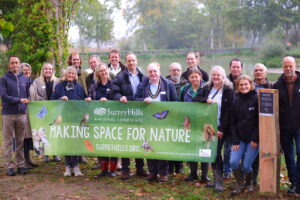
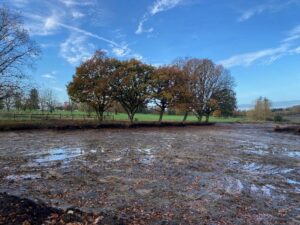
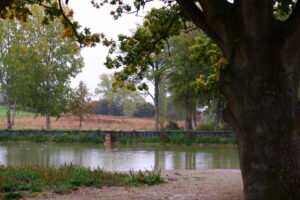
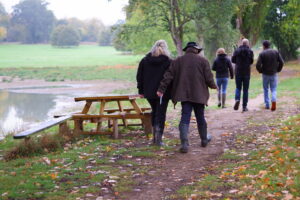
Will Pryer, Team Leader for the Farming in Protected Landscapes programme at Defra said, “The Farming in Protected Landscapes programme is making a real difference across England’s most treasured landscapes—supporting farmers and land managers to deliver for nature, climate, people and place. The restoration of the lakes at Loseley Park is a fantastic example of how FiPL funding is helping to preserve heritage landscapes while delivering tangible benefits for wildlife and local communities.”
Sarah Thiele, Surrey Hills Programme Manager said, “We’re incredibly grateful to Defra for the funding that makes projects like this possible. Working closely with farmers and land managers across the Surrey Hills has been invaluable in delivering meaningful improvements for nature, heritage, and people.”
The Surrey Hills FiPL programme has now supported over 100 transformative projects, helping to enrich the natural environment, boost climate resilience, and enhance public access and cultural heritage.
